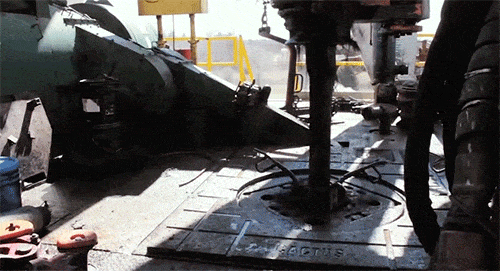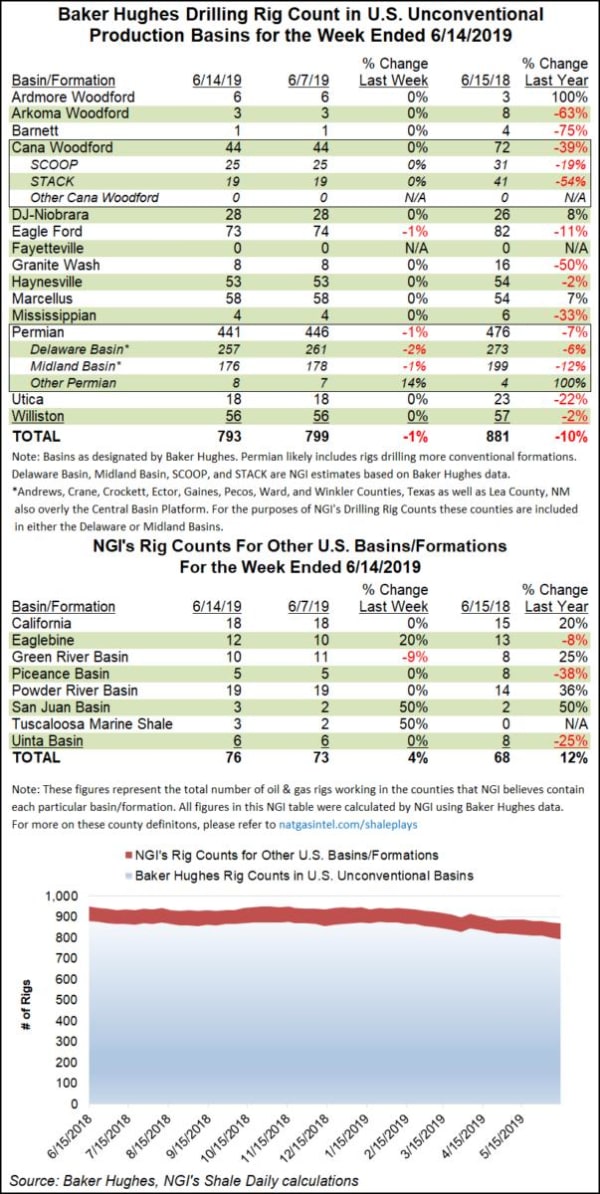❓How’s Oil and Gas Doing. (Spoiler Alert: Not Well)❓
Callback to May 12’s “Fast Forward - Oil & Gas is SO 2019.” We wrote:
In March’s “Oil and Gas Continues to Crack (Long Houston-Based Hotels),” we wrote:
The bankruptcy waiting room is becoming standing room only for oil and gas companies despite oil resting near 2019 highs (even after a rough 2% decline on Friday). We’ve previously mentioned Jones Energy ($JONE), Sanchez Energy Corporation ($SN), Southcross Energy Partners LP ($SXEE), Vanguard Natural Resources, Alta Mesa Holdings LP ($AMR) and Chaparral Energy Inc. ($CHAP) in “⛽️Is Oil & Gas Distress Back?⛽️.” Based on earnings reports or other SEC filings this week, add Emerge Energy Services LP ($EMES), EP Energy Corporation ($EPE) and Approach Resources Inc. ($AREX) to the list.
And:
Here’s the bottom line: both amend-and-extended and formally restructured oil and gas companies were an option on oil prices. That option is out of the money for a number of these companies. The end result will be an uptick in Texas’ hotel reservations and bankruptcy fees. And soon.
We also wrote:
Legacy Reserves Inc. ($LGCY) is yet another E&P company that looks like it may be destined for the bankruptcy bin. The company announced this week that it is evaluating strategic alternatives. It subsequently filed its 10-K which included going concern language and, significantly, confirmation that the company’s lenders had agreed to extend the company’s maturity under its credit agreement from April 1 to May 31, 2019. This is like a good movie needing a bit more production time prior to theatric release: usually, the movie ultimately it gets released. Likewise, this will ultimately end up in bankruptcy court.
Let’s take stock of the bankruptcy bodybag count since then:
Jones Energy ✅;
Southcross Energy Partners LP ✅;
Vanguard Natural Resources ✅;
Sanchez Energy Corporation ✅;
Emerge Energy Services LP ✅;
Legacy Reserves ✅.
Meanwhile, EP Energy Corporation ($EPEG) reportedly just missed its $40mm interest payment due under the indenture governing its 8.000% 1.5 Lien Notes due 2025 (due on August 15, 2019). Of course, there’s also been a number of private oil-and-gas companies
THIS IS A SUBSCRIBER’S POST, TO READ MORE OF THIS ARTICLE, CLICK HERE AND SUBSCRIBE TO OUR @$$KICKING NEWSLETTER (DISRUPT THE COMPETITION WITH PETITION)




